- News
- Reviews
- Bikes
- Accessories
- Accessories - misc
- Computer mounts
- Bags
- Bar ends
- Bike bags & cases
- Bottle cages
- Bottles
- Cameras
- Car racks
- Child seats
- Computers
- Glasses
- GPS units
- Helmets
- Lights - front
- Lights - rear
- Lights - sets
- Locks
- Mirrors
- Mudguards
- Racks
- Pumps & CO2 inflators
- Puncture kits
- Reflectives
- Smart watches
- Stands and racks
- Trailers
- Clothing
- Components
- Bar tape & grips
- Bottom brackets
- Brake & gear cables
- Brake & STI levers
- Brake pads & spares
- Brakes
- Cassettes & freewheels
- Chains
- Chainsets & chainrings
- Derailleurs - front
- Derailleurs - rear
- Forks
- Gear levers & shifters
- Groupsets
- Handlebars & extensions
- Headsets
- Hubs
- Inner tubes
- Pedals
- Quick releases & skewers
- Saddles
- Seatposts
- Stems
- Wheels
- Tyres
- Health, fitness and nutrition
- Tools and workshop
- Miscellaneous
- Buyers Guides
- Features
- Forum
- Recommends
- Podcast
news
Tour Tech 2017: The wheels the pros are riding – Froome, Kittel, Sagan, Cavendish and more
There are loads of different wheels on display at the Tour de France, riders making their selection according to the type of stage they’re riding, the terrain and the conditions they’ll face.
Mid to deep-section rims have become increasingly popular over recent years as teams focus more on aerodynamics, and it’s now unusual to see anything less than about 35mm.
Not surprisingly given the number of teams Shimano sponsors, Dura-Ace wheels are everywhere in the pro peloton. This is Chris Froome’s Pinarello Dogma F10 fitted with C60s, the 60 referring to the rim depth in millimetres. Shimano’s official weights for the tubular versions are 666g (front) and 830g (rear).
Geraint Thomas, who has now left the race due to injury, had the C40s on this bike. Despite the name, the rims on these are actually 37mm deep. They’re a little lighter at 637g (front) and 747g (rear).
The Emonda is Trek’s superlight race bike and this one from the Trek Segafredo fleet is fitted with fairly deep section Bontrager Aeolus wheels.
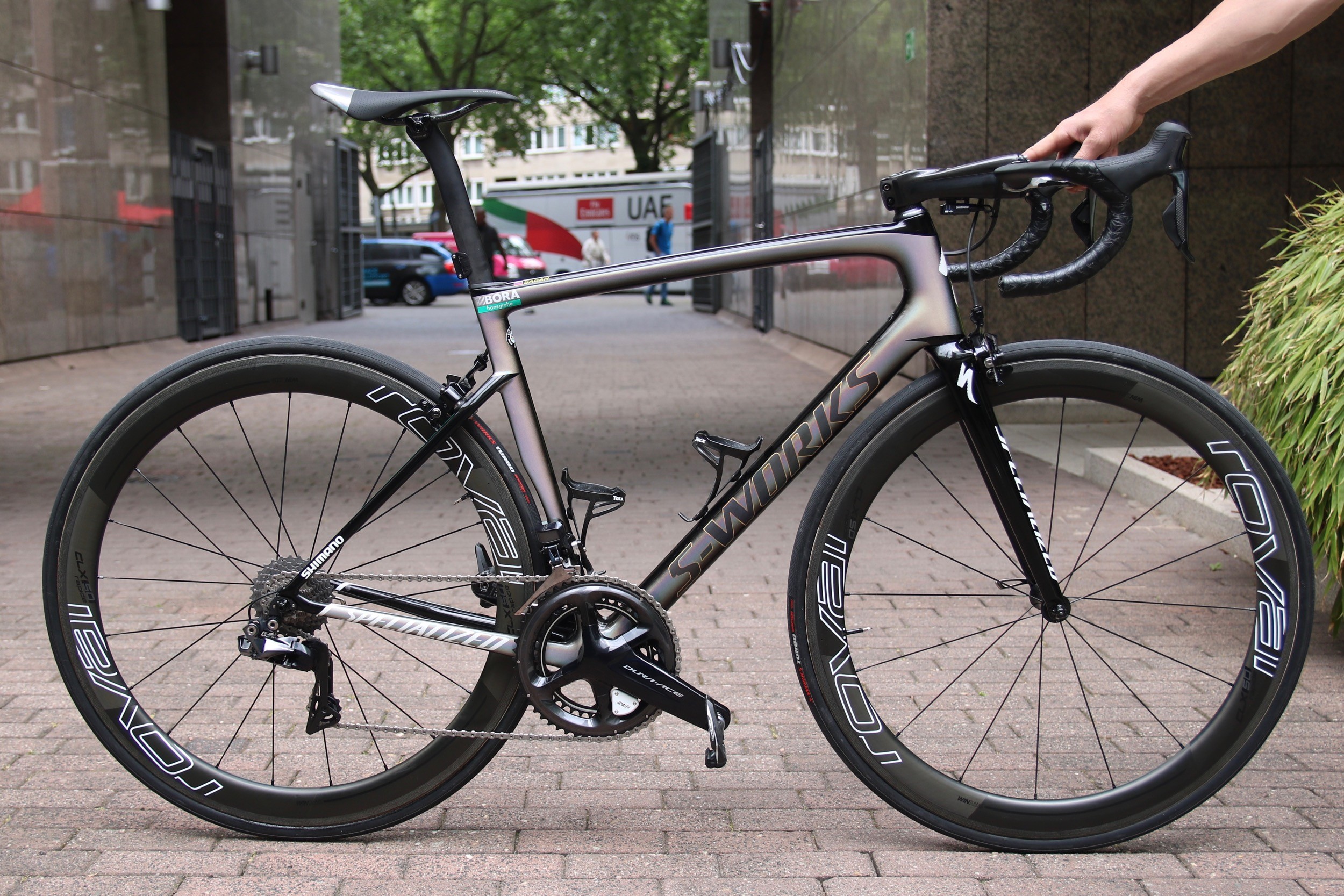
This is one of Peter Sagan’s Tarmacs fitted with mid-depth Roval CLX 50 wheels, Roval being Specialized’s wheels brand. The wheelset weighs sub-1,400g and uses CeramicSpeed bearings.
Sagan was rocking deeper section Roval CLX 64s decorated with world champion stripes at the team presentation in Dusseldorf.
The CLX 50s seem to be the most popular choice among the Specialized sponsored teams: Bora-Hansgrohe and Quick Step. Here they are again on Fabio Sabatini’s Venge, for example.
And Marcel Kittel uses the disc brake version.
Find out more about Roval CLX 50 wheels here.
Dimension Data use wheels from Enve. The SES 3.4, designed to be a climbing wheel that also offers an aerodynamic advantage, is a popular choice among the team.
Reinardt Janse van Rensburg has here gone for an SES 3.4 on the front and a deeper section SES 4.5 at the rear.
It looks like Mark Cavendish, who has now crashed out of the race, was doing the same on this training ride ahead of the start.
Astana use wheels from French brand Corima.
This is Fabio Aru’s Argon 18 Gallium Pro fitted with MCC S+ wheels. They’re full-carbon with 32mm deep rims.
Even the quick release lever is carbon. It’s the little things that count!
AG2R now rides Factor bikes fitted with Mavic wheels. These are Cosmic Ultimates with full-carbon 40mm deep rims. The spokes are carbon too, as is the front hub body. This all drops the weight down to a claimed 1,250g for the wheelset (555g front, 695g rear). The Cosmic Ultimate is the wheel that you’ll see used most frequently by Mavic sponsored pro teams because of its light weight and a depth that’s suitable for a variety of terrains and conditions.
Check out our guide to Mavic’s 2017 road wheel range.
Lotto Soudal use equipment from Campagnolo and this wheel on Marcel Sieberg’s bike is a Bora Ultra 50. The rim is 50mm deep, 24mm wide and uses Campag’s 3Diamant braking surface where “advanced machinery and state of the art diamond tipped precision tools eliminate imperfections caused by non-homogenous resin deposits and allows the brake pad to work directly atop specially woven carbon fibres”. The process is intended to improve the braking performance in both wet and dry conditions.
Ben Swift of UAE Team Emirates uses the same Bora Ultras with Campag’s G3 spoke pattern at the rear where the driveside is fitted with twice as many spokes as the non-driveside. The idea is that this handles the differing forces on the two sides of the wheel. Campag says that this system offers “better transfer of the driving torque, better lateral rigidity, reduction of the stress in the rear wheel spokes”.
Bahrain-Merida use wheels from Fulcrum, which is Campagnolo by another name. These Speed 55Ts have full-carbon rims the hubs and are fitted with CULT ceramic bearings.
Thomas Vockler has been rolling on Vision wheels. These aren’t labelled but they look like Metron 55 SLs with full-carbon rims that are 55mm deep and 24mm wide.
Aerodynamics is even more important in time trials. This disc wheel, on Warren Barguil’s Giant Trinity TT bike, is from Pro, which is a Shimano brand.
He has a 3-Spoke Textreme wheel on the front.
Loads of different disc wheels were used on the short, flat time trial on the opening day of this year’s Tour. This is a Fulcrum Speed 360T on a Wanty-Groupe Gobert Cube. Despite appearances it weighs only 865g although, obviously, a disc wheel is all about aerodynamics as opposed to weight.
This is a Mavic Comete on one of AG2R’s Factor Slick TT bikes.
And this is a Corima C+ Disc on the back of Dmitriy Gruzdev’s bike with a 3 Spoke HM carbon wheel up front.
Dimension Data use wheels from Enve, but Enve doesn’t make a disc wheel so those are HED wheels with most of the decals removed on the back of these TT bikes.
That looks like a logo-less HED on the back of Matteo Trentin’s Specialized Shiv too. The rest of the Quick Step’s wheels are from Roval.
It’s a similar situation over at Trek Segafredo where Zipp disc wheels get Bontrager logos. Sneaky!
Mat has been in cycling media since 1996, on titles including BikeRadar, Total Bike, Total Mountain Bike, What Mountain Bike and Mountain Biking UK, and he has been editor of 220 Triathlon and Cycling Plus. Mat has been road.cc technical editor for over a decade, testing bikes, fettling the latest kit, and trying out the most up-to-the-minute clothing. He has won his category in Ironman UK 70.3 and finished on the podium in both marathons he has run. Mat is a Cambridge graduate who did a post-grad in magazine journalism, and he is a winner of the Cycling Media Award for Specialist Online Writer. Now over 50, he's riding road and gravel bikes most days for fun and fitness rather than training for competitions.
Latest Comments
- Chris RideFar 4 hours 58 min ago
I know that in independent tests on 10 and 11 speed chains, the SRAM chains always came out bottom in terms of drivetrain efficiency. Lots of...
- quiff 5 hours 4 min ago
The comparison was between two things never intended to be used on a bike.
- perce 5 hours 34 min ago
You could get knocked down at midnight and the jury would believe a driver who said the sun was in his eyes.
- Simon E 5 hours 49 min ago
We'll have to disagree. It's as ugly as f..k. You can try putting lipstick on a pig but it's always going to be a pig....
- chrisonabike 6 hours 22 min ago
Well, send us a review when you've cycled it!...
- KDee 7 hours 11 min ago
Funnily enough, my experience with Wahoo TCKR is that when that needed a new battery, it would also go in the bin. The battery locating tabs would...
- Backladder 7 hours 44 min ago
Since the driver used similar language it in not "likely" that he was caused harrasment alarm or distress by having it returned to him. (IANAL)
- underworld99 11 hours 35 min ago
Some more local knowledge :...
- eburtthebike 12 hours 51 min ago
“There is a road safety emergency in our region. As Mayor, I’m committed to tackling this issue."...







































































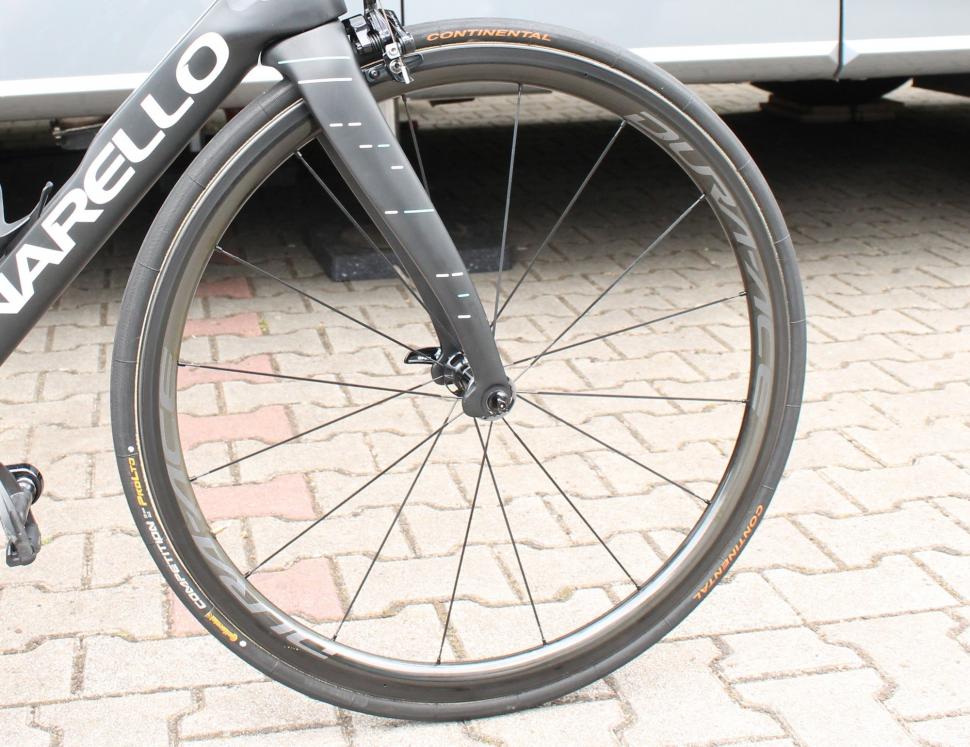
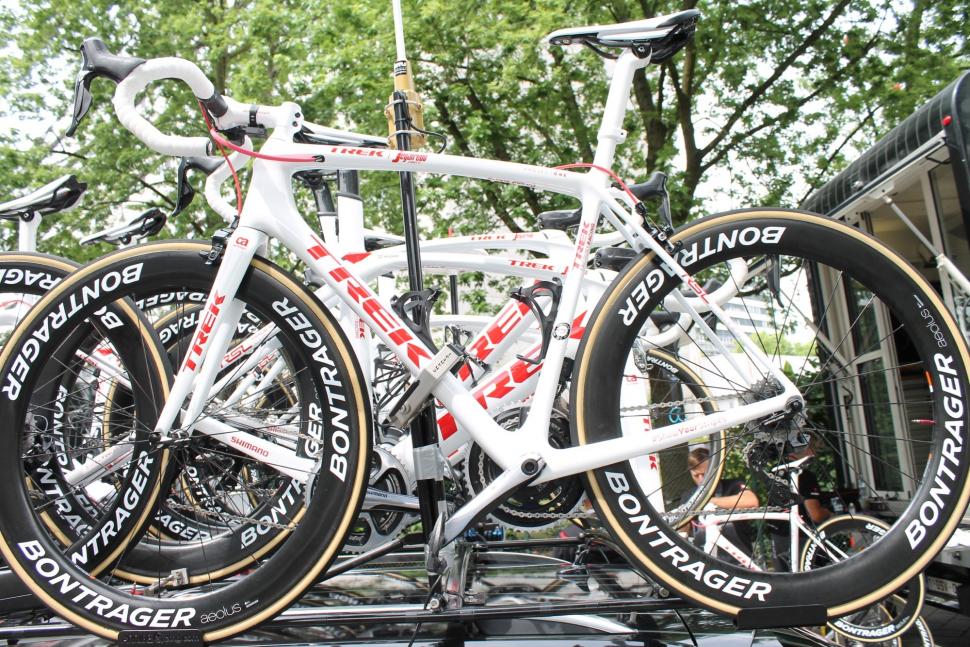
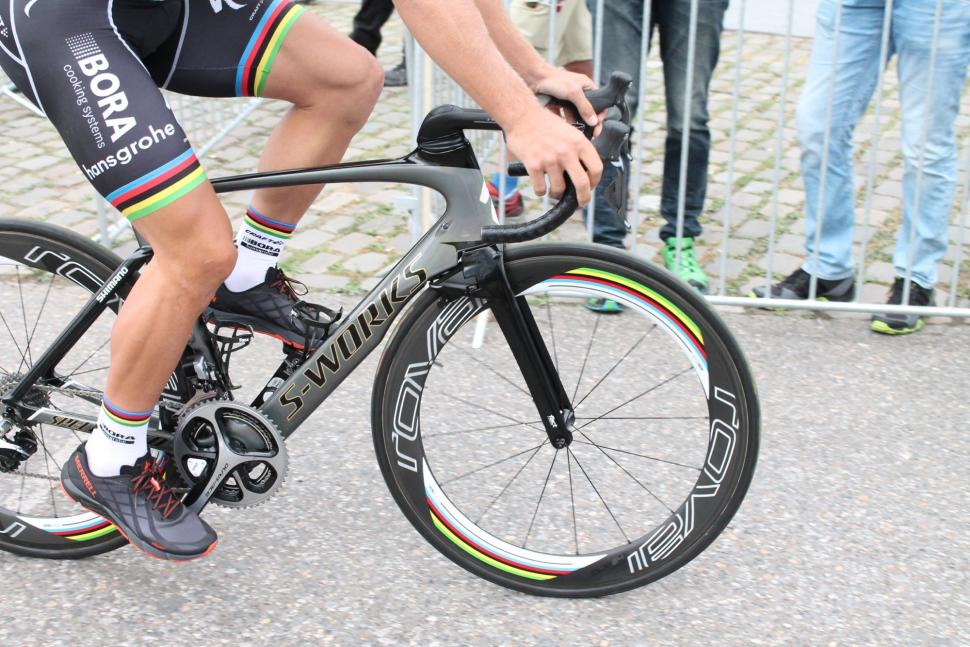

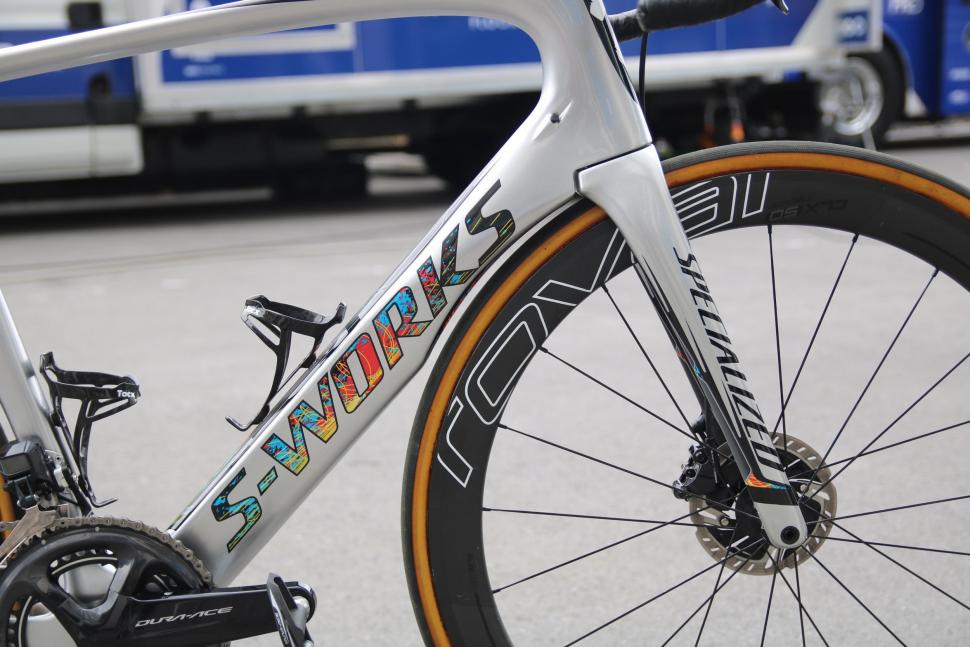
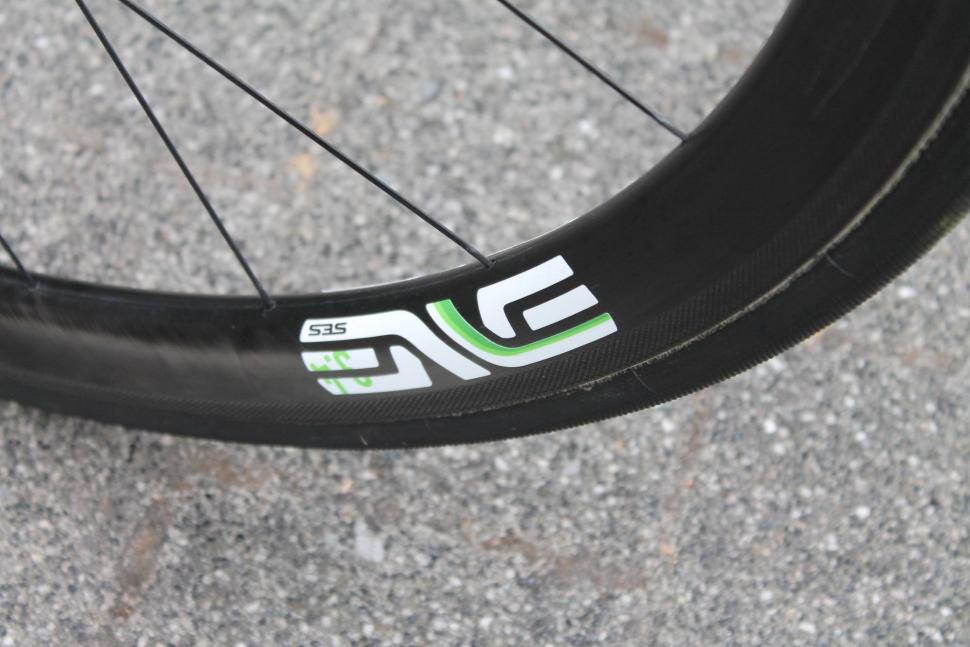
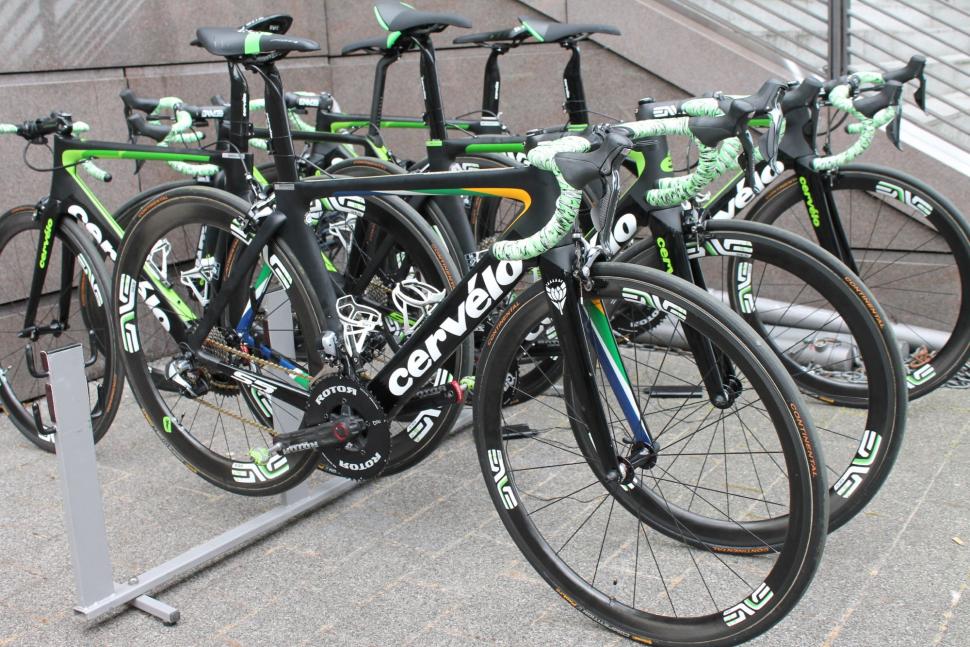


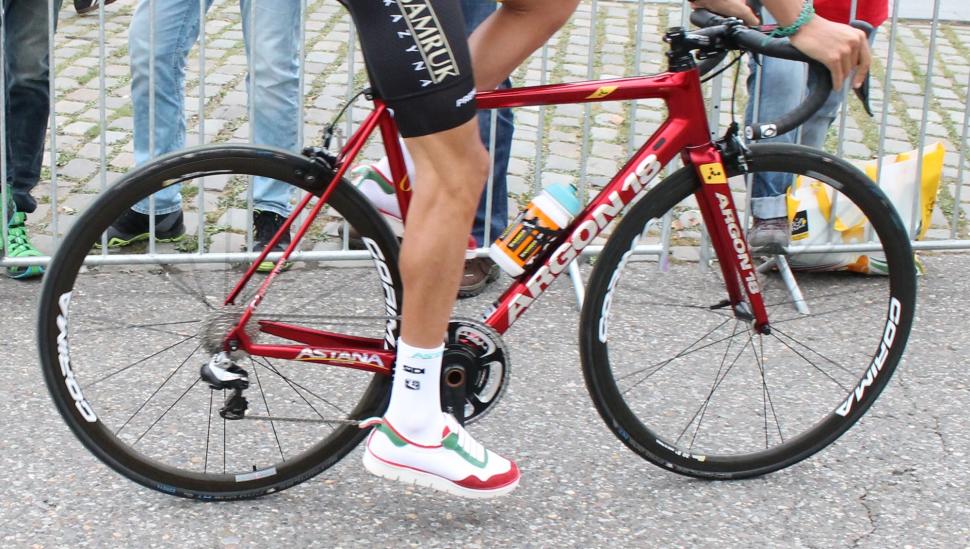


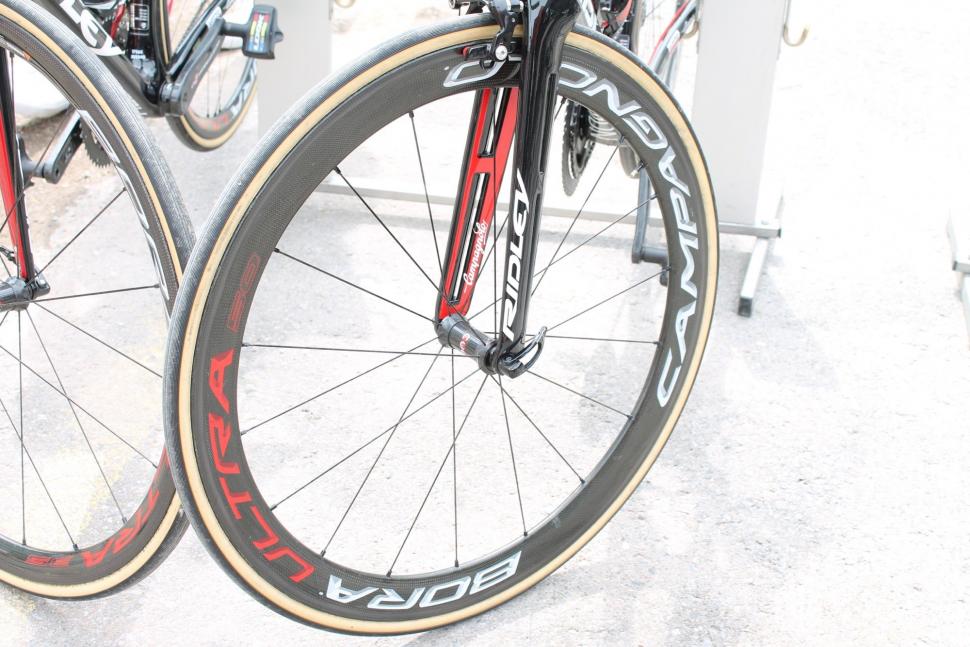


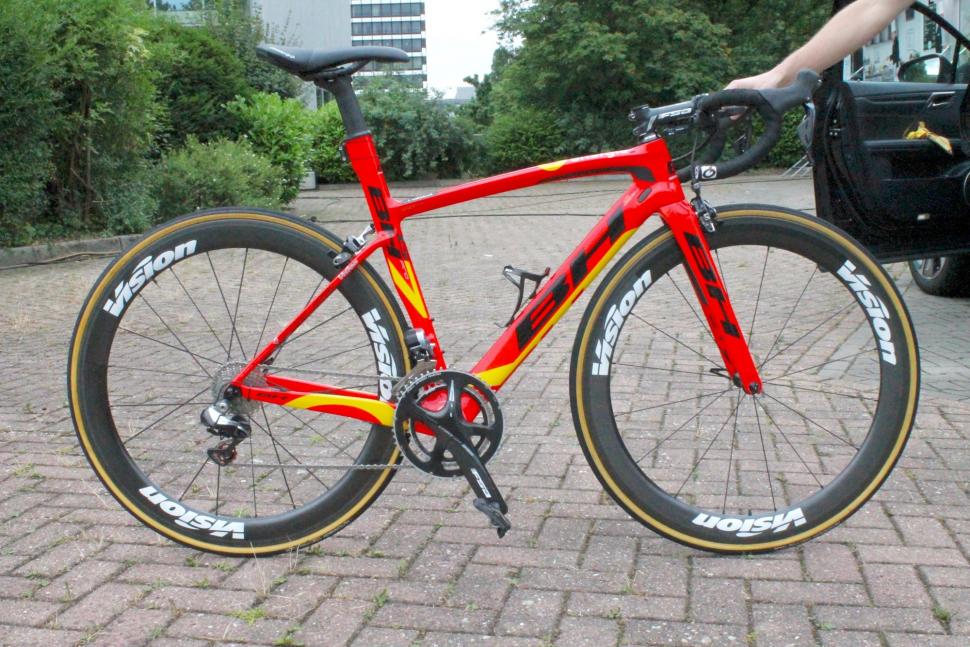
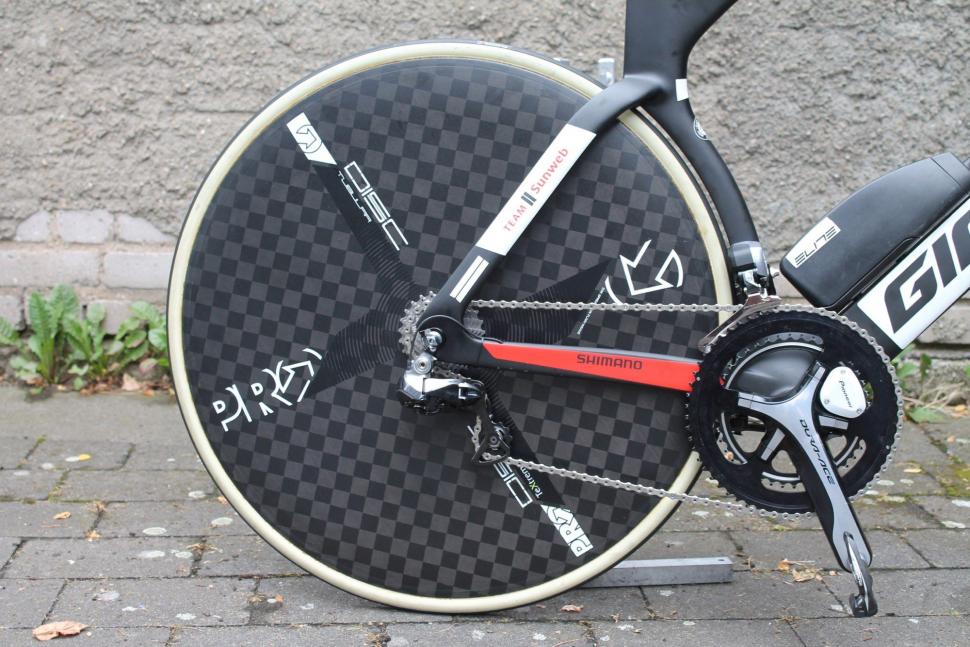
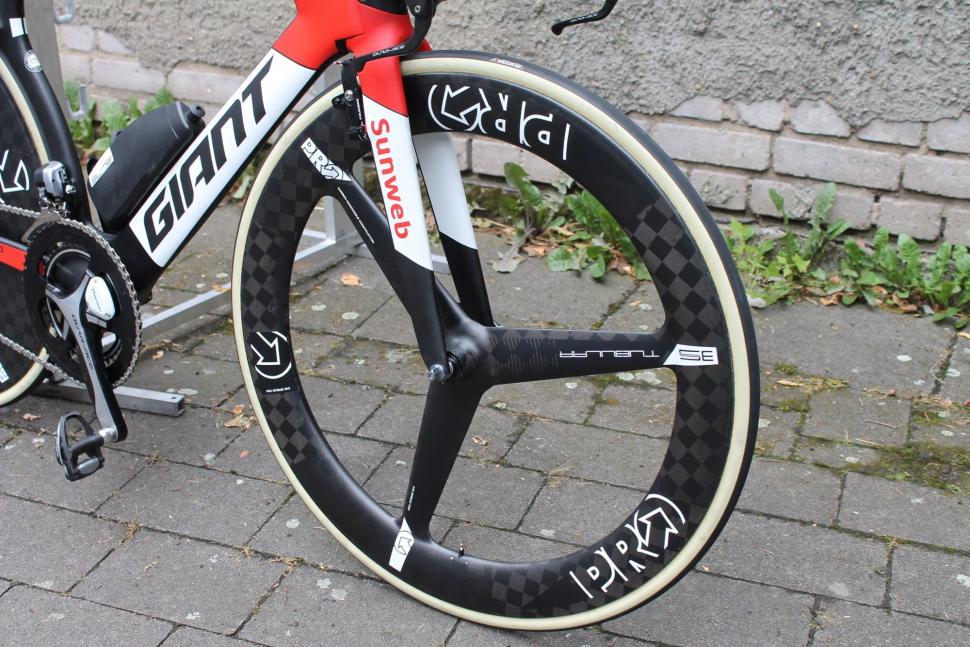



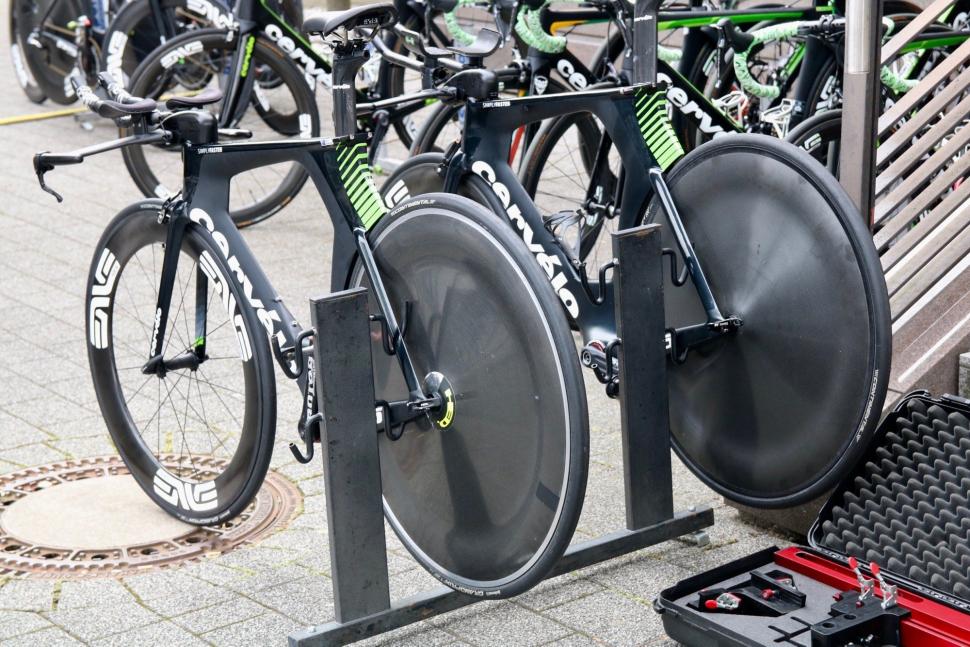


Add new comment
4 comments
I'm curious about the oversized jockey wheels that a lot of riders are using, I get the principle of them, but if they were really that effective wouldn't Shimano etc have started using them for the latest version, especially as dura-ace has only just been launched and these seem to have been around for quite a while. Or is there some downside (aside from price) that I'm missing that pros will live with in the name of a tiny bit of free speed?
Most independent tests show that there is little if any (<0.5W) advantage to the large jockey wheels. So, yes, if they really were effective, they would be ubiquitous.
Not much point telling us what Sagan, Cavendish, Thomas, etc were riding
I'm wheely tyred after going through that - thanks!